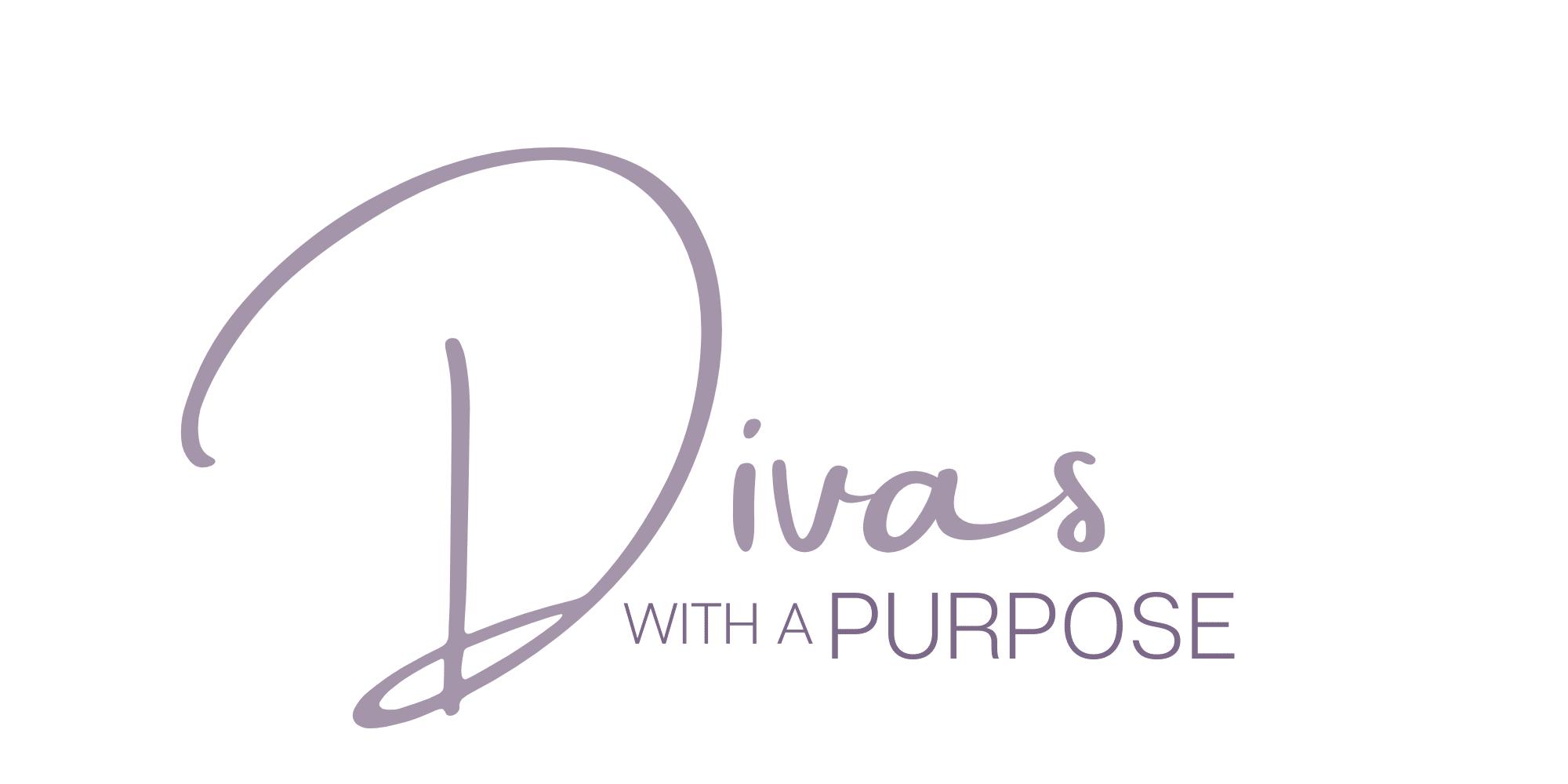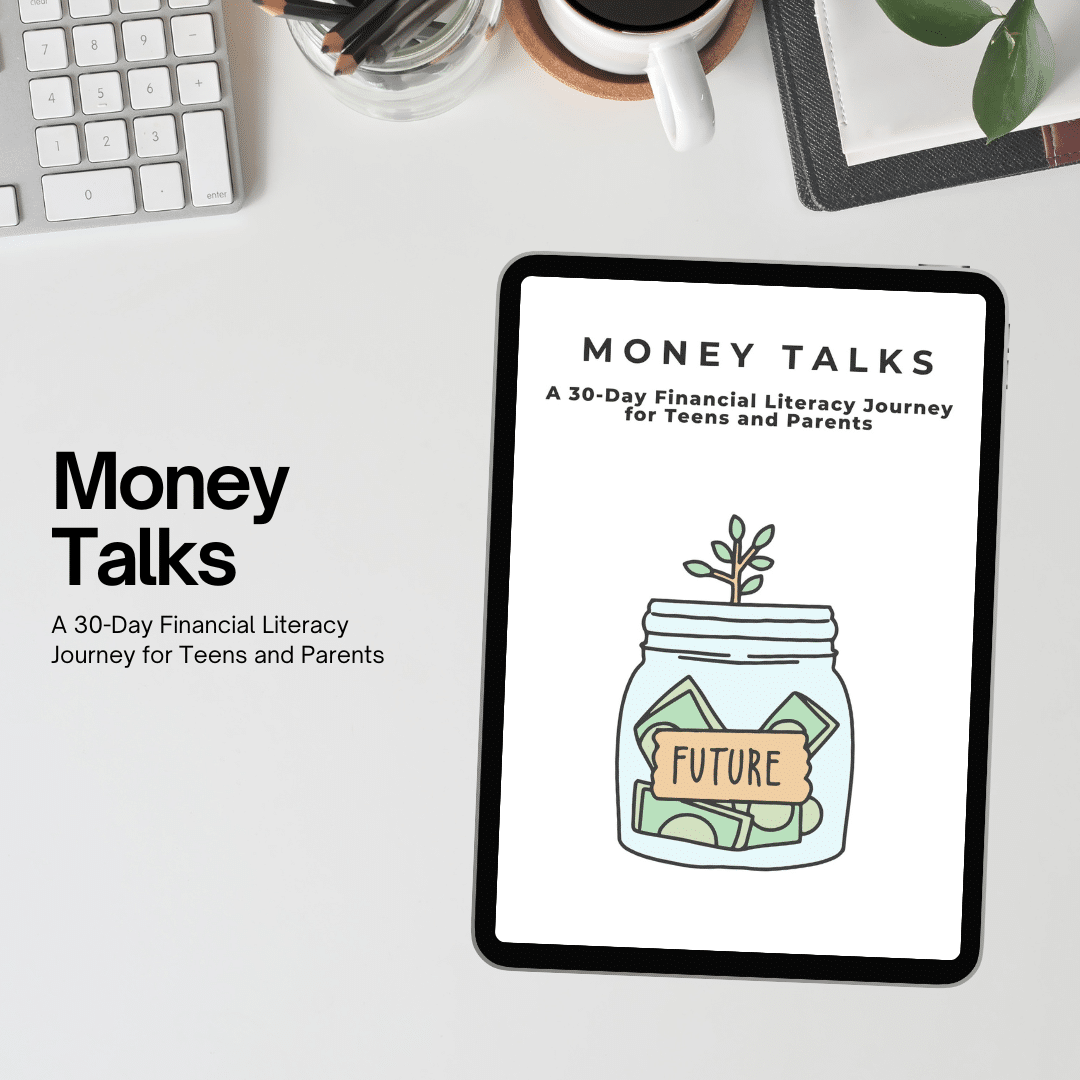A Guide to Financial Literacy for Teenagers
Discover practical tips and personal insights on fostering financial literacy for teenagers, including savings strategies, budgeting basics, and preparing for future financial independence.
As I watch my youngest son excitedly prepare for his first day at his first job, I’m struck by how quickly time has flown. It seems like just yesterday he was starting middle school, and now he’s heading into his junior year of high school. With post-high school conversations and decisions happenining, I realize it’s more important than ever to equip him with the financial knowledge he’ll need as he steps into adulthood. This journey into financial literacy for teenagers has become a crucial part of our family conversations.
For African American moms like us, teaching money management is about more than balancing checkbooks. It’s about building generational wealth. It’s about breaking cycles of financial inequality. Let’s explore strategies to set our kids up for success. We’ll start with savings accounts and move on to budgeting basics.

Kid’s Savings Accounts: From Piggy Banks to UGMA
When it comes to teaching our children about saving money, the journey often starts with a piggy bank. But as our kids grow, so should their understanding of savings. That’s where kid’s savings accounts come in, offering a bridge between childhood piggy banks and more sophisticated financial tools.
For many families, a basic kid’s savings account at a local bank is a great starting point. It’s a safe place for birthday money, allowance, and other small windfalls. Plus, it’s an excellent tool for teaching the basics of deposits, withdrawals, and watching savings grow over time.
However, as I started thinking more long-term about my son’s financial future, I discovered a powerful tool that takes kid’s savings to the next level: UGMA accounts.
UGMA stands for Uniform Gifts to Minors Act, and it’s a type of custodial account that I manage on his behalf. Unlike a regular kid’s savings account, a UGMA can hold investments like stocks and mutual funds, potentially growing faster over time.
What I love about our UGMA is its flexibility. While we’re primarily saving for his college education, he’ll be able to use the funds for any purpose once he turns 21 (some states the age is 18). This means if he decides college isn’t his path, the money is still there to help him start a business, put a down payment on a home, or pursue other dreams.
The transition from a simple kid’s savings account to a UGMA has been a valuable learning experience for both of us. It’s opened up conversations about investing, long-term financial planning, and the power of compound interest – topics that go far beyond the basics of saving birthday money.
Your Teen’s First Job: A Teaching Moment
My son’s first job opened doors for money conversations. The night before he started, we sat at the kitchen table. I saw excitement and nervousness in his eyes.
“Mom, what should I do with my paycheck?” he asked. This simple question led to talks about budgeting, saving, and spending responsibly.
Financial Literacy for Teenagers: Budgeting Basics
A key component of financial literacy for teenagers is understanding how to budget. I introduced each of my children to a simplified version of the 50/30/20 rule: 50% for needs, 30% for wants, and 20% for savings. For a teen still living at home, we adjusted it:
- 30% for needs (like gas money and his phone bill)
- 50% for wants (because let’s be real, his back-to-school wardrobe isn’t going to buy itself)
- and 20% for savings.
We made it fun by creating a colorful chart to track his spending. Seeing his money visually represented helped him understand where his hard-earned cash was going.
Savings Strategies
To make saving easier, we set up automatic transfers from his checking account to his savings account. We also sat down and defined both short-term and long-term savings goals. For my youngest son, that meant saving up for a car in the short term. He’s putting money aside for a Senior Year trip in the long term.
Understanding Paychecks
I’ll never forget the look on his face when he saw his first paycheck. “Ma, why is this number so much smaller than what I calculated?”
This led to a valuable lesson about gross pay versus net pay, taxes, and deductions. We went through his pay stub line by line, demystifying terms like FICA and federal withholding.
Banking Basics
Together, we set up his first checking account and downloaded the bank’s mobile app. I showed him how to check his balance, transfer money, and set up alerts for low balances. We also had a serious talk about the importance of keeping his banking information private and secure.
The Power of Compound Interest
To drive home the importance of starting to save early, we played around with a compound interest calculator online. He was amazed to see how much his money could grow over time, especially if he started saving now.
Preparing for the Future: Advancing Financial Literacy for Teenagers
As his junior year approaches, conversations about life after high school are becoming more frequent. Whether he chooses college, trade school, or entering the workforce, the financial habits he’s building now will serve him well.
We’ve started researching college costs together, looking into scholarships, and discussing how his current savings and part-time job earnings can contribute to his future plans. This practical application of financial concepts is a crucial part of developing financial literacy for teenagers, preparing them for the real-world financial decisions they’ll soon face.
As I watch my Baby Boy grow into a financially savvy young man, I’m filled with pride and hope. By equipping our children with financial knowledge, we’re not just preparing them for their future – we’re helping to build a stronger, more prosperous community for generations to come.
Remember, it’s never too early (or too late) to start having money conversations with your children. By openly discussing finances and leading by example, we can break down barriers and create a legacy of financial empowerment for our families.
Financial LIteracy Resources for Teenagers
I get commissions for purchases made through links on my website.

Michelle D. Garrett is the founder of Divas With A Purpose.
She focuses on sharing resources for being purposely productive; setting personal and professional goals and achieving them through daily action; and successfully running a business while focusing on your mental health. Michelle is a full-time entrepreneur who specializes in teaching female entrepreneurs how to show up consistently in their business – online and off.








